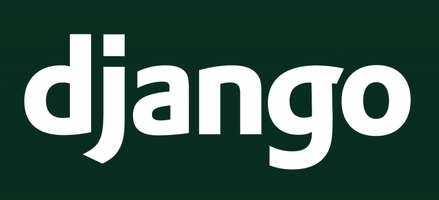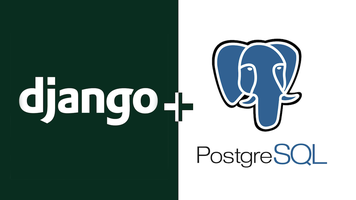Python Django and Database

Understanding Django

Understanding how to connect Django with postgreSQL

Understanding the connection between Django, Postgresql and Python.
Course Objectives.
This course consists of three certificates . Certificate 1 introduces the students to the framework of a web-app (this is also certificate 1 for Machine learning).
Certificate 1: Software Engineering (for web and Machine Learning)
- Understand a structure of a three layers web application.
- Build up a database for a web-app, machine learning or a research project.
- Design and implement a user interface or research project.
- Learn to add applications to a project for deferent tasks.
- Learn Python, Postgres and Django Framework.
- Et cetera
What is python
Python is a high-level programming language used to build web-apps and conduct data analysis.
It is used for:
- Web development (server-side)
- Software development
- Mathematics
- System scripting
- AI and Machine Learning
- Data analytics
- Finance
- Game development
- Data Visualization, Et cetera
Why Python?
- Python works on different platforms (Windows, Mac, Linux, Raspberry Pi, etc)
- Python has a simple syntax similar to the English language making it easy to use and learn.
- Python has syntax that allows developers to write programs with fewer lines than some other programming languages.
- Python can be treated in a procedural way, an object-oriented way or a functional way.
- A big collection of Libraries.
- Fast code review. Python offers a wide range of code review tools, including Flake8, Radon, and Pylint. This means that your team can quickly check the correctness and quality of your code.
- A reliable technology for entreprise software development. Python is a proven solution that powers hundreds of global apps – companies like Facebook, Netflix, and Dropbox all leverage it in their business.
- Python runs on an interpreter system, meaning that code can be executed as soon as it is written. This means that prototyping can be very quick.
Companies using python
|
|
|
|
|
|
|
|
What is django:
Django is a high-level Python Web framework that encourages rapid development and clean, pragmatic design. Built by experienced developers, it takes care of much of the hassle of Web development, so you can focus on writing your app without needing to reinvent the wheel. It’s free and open source. Django makes it easier to build better Web apps more quickly and with less code.
Why Django?
- With Django, you can take Web applications from concept to launch in a matter of hours. Django takes care of much of the hassle of Web development, so you can focus on writing your app without needing to reinvent the wheel. It’s free and open source.
- Django was designed to help developers take applications from concept to completion as quickly as possible.
- Django includes dozens of extras you can use to handle common Web development tasks. Django takes care of user authentication, content administration, site maps, and many more tasks.
- Django takes security seriously and helps developers avoid many common security mistakes, such as SQL injection, cross-site scripting, cross-site request forgery and clickjacking. Its user authentication system provides a secure way to manage user accounts and passwords.
- Some of the busiest sites on the planet use Django’s ability to quickly and flexibly scale to meet the heaviest traffic demands.
- Companies, organizations and governments have used Django to build all sorts of things — from content management systems to social networks to scientific computing platforms.
What is PostgreSQL?
PostgreSQL is a powerful, open source object-relational database system that uses and extends the SQL language combined with many features that safely store and scale the most complicated data workloads.
Why use PostgreSQL?
- PostgreSQL comes with with many features aimed to help developers build applications, administrators to protect data integrity and build fault-tolerant environments, and help you manage your data no matter how big or small the dataset
- In addition to being free open source, PostgreSQL is highly extensible. For example, you can define your own data types, build out custom functions, even write code from different programming language without recompiling your database!
- PostgreSQL tries to conform with the SQL standard where such conformance does not contradict traditional features or could lead to poor architectural decisions.
